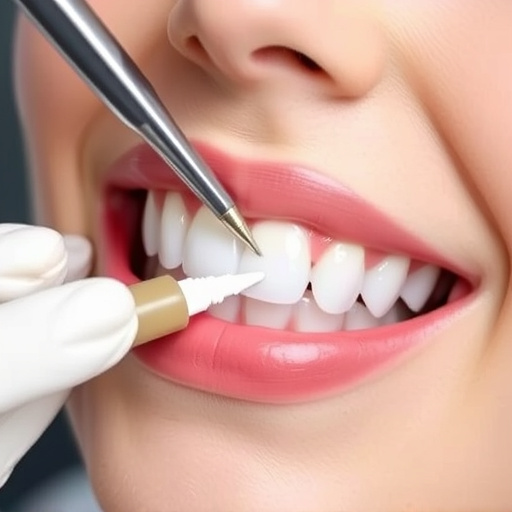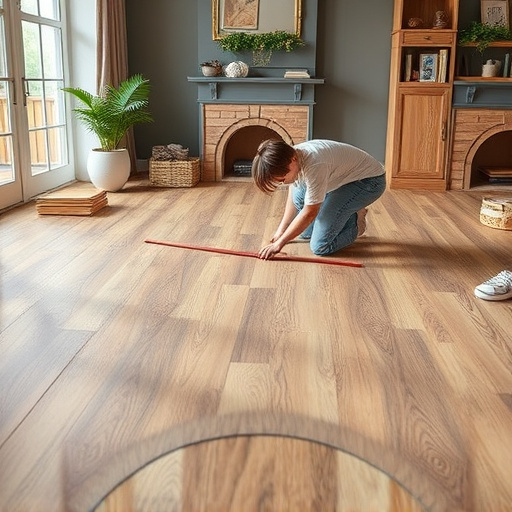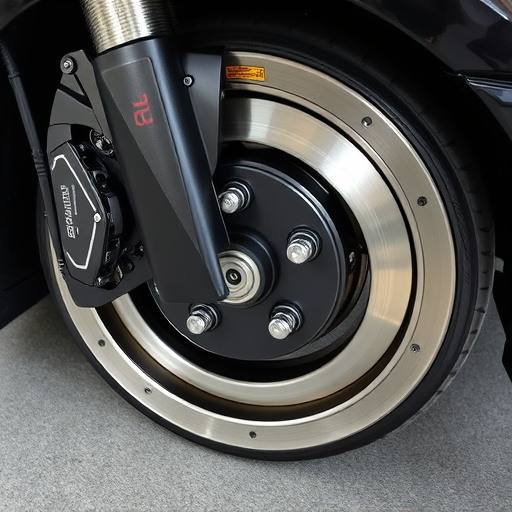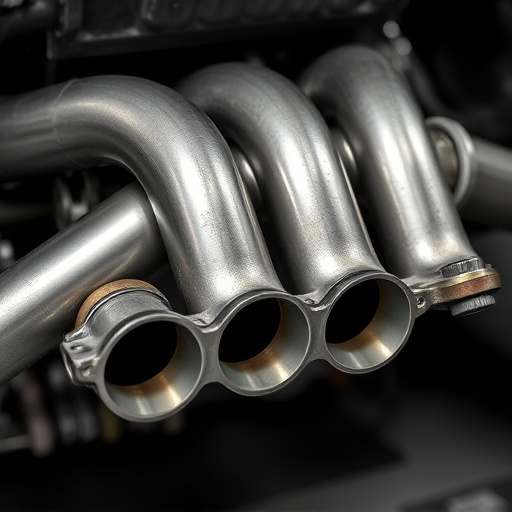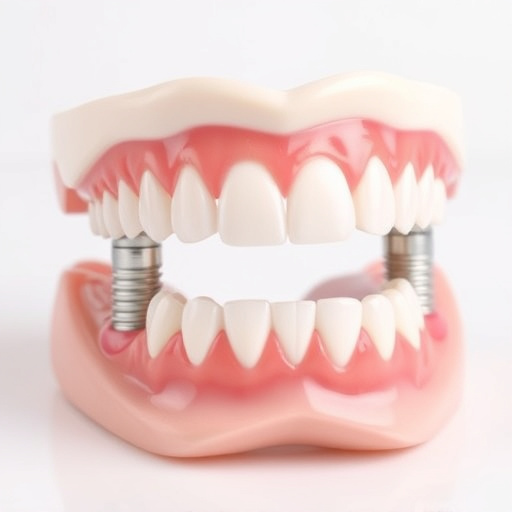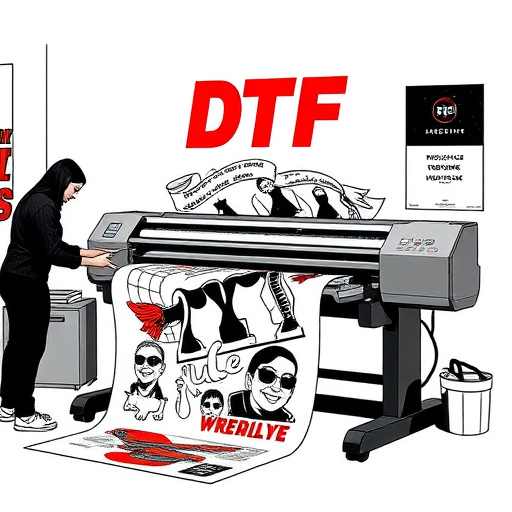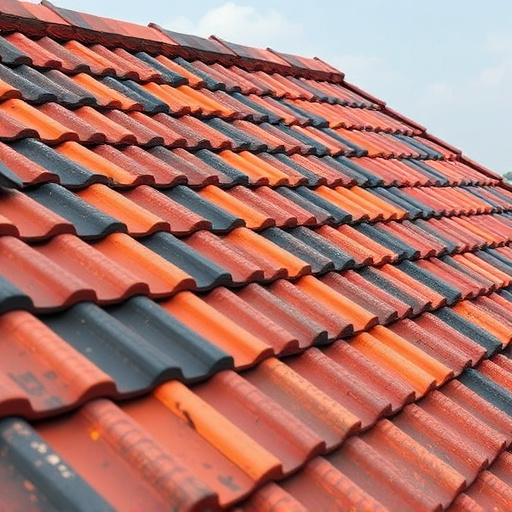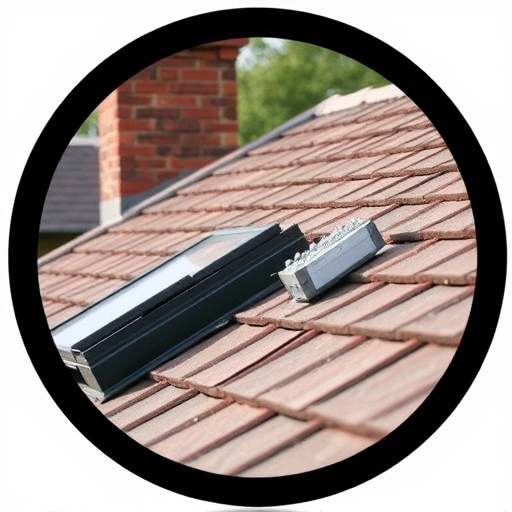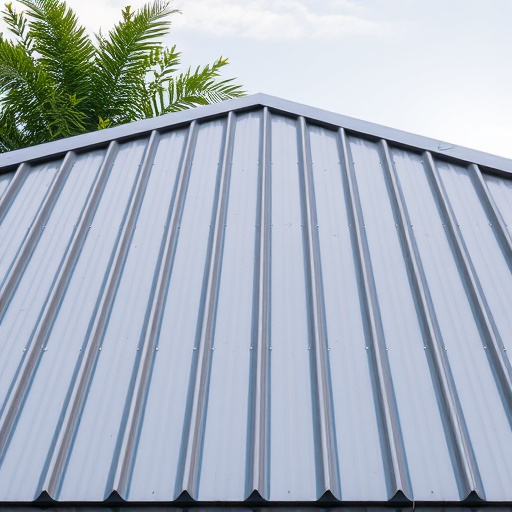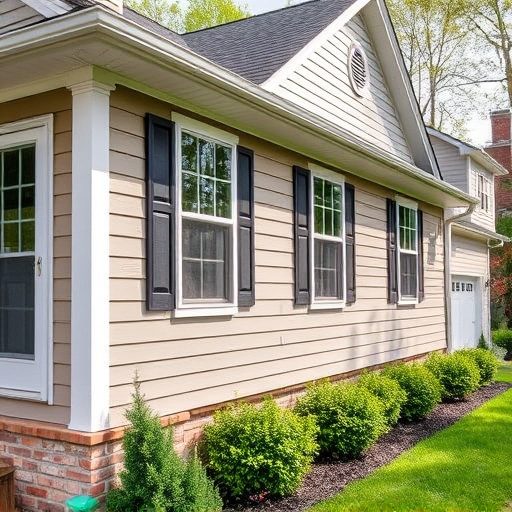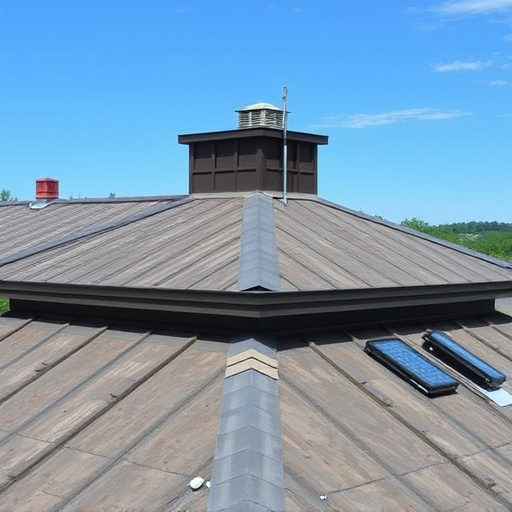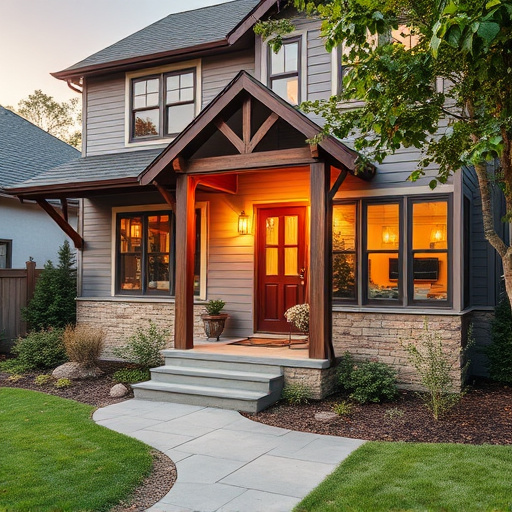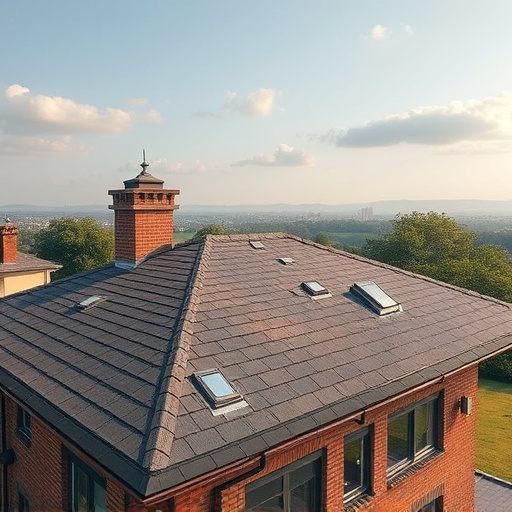Vinyl siding is a popular, affordable choice for homeowners due to its durability (with proper installation), versatility, low maintenance, and ease of cleaning. However, it's susceptible to damage like scratches, dents, and UV fading. Compared to fiber cement, vinyl may not last as long if installed improperly, requiring potential storm damage repairs. A high-performing siding system enhances a property's aesthetics and protects against environmental elements. Key factors include materials, installation techniques, and benefits that make it a game-changer. When comparing vinyl and fiber cement, durability and maintenance are crucial; vinyl offers exceptional longevity (up to 50 years) with minimal upkeep, while fiber cement is highly durable but requires more frequent repairs or replacements. Regular inspection of siding and gutters is vital for structural integrity and preventing costly roof repairs. Homeowners should monitor wear and tear and seek professional assistance when needed, ensuring a well-maintained exterior that enhances curb appeal and property value.
When considering a new exterior cladding for your home, understanding the nuances between vinyl and fiber cement siding systems is crucial. Both offer appealing aesthetics and energy efficiency, but they come with distinct advantages and drawbacks. Vinyl siding, a popular choice due to its low cost and ease of maintenance, may not be as environmentally friendly or durable as fiber cement, which boasts superior longevity and eco-conscious manufacturing processes. This article delves into the details of these two siding systems, comparing cost, installation, and their impact on home value.
Understanding Vinyl Siding: Pros and Cons
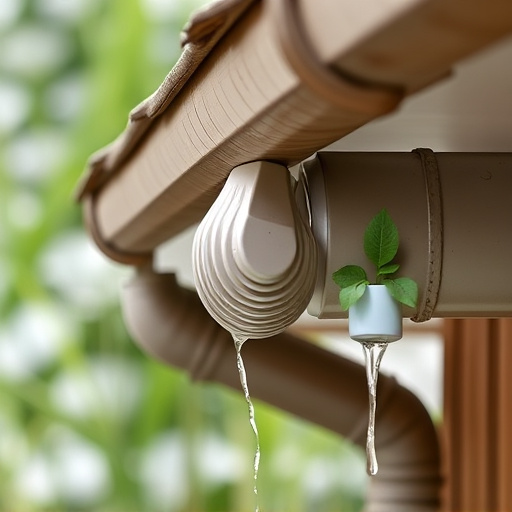
Vinyl siding has long been a popular choice among homeowners looking to enhance their home’s exterior. It offers an affordable and low-maintenance option for those seeking a quick transformation. The material is known for its durability, with proper installation, it can withstand various weather conditions, including high winds and extreme temperatures. This makes vinyl an excellent choice for regions prone to storms or harsh winters. One of the most attractive features of vinyl siding is its versatility; it can mimic the look of wood or stone, providing a range of aesthetic options without the need for extensive maintenance. Homeowners can easily clean vinyl siding with basic household products, ensuring it stays looking fresh and new for years.
However, there are some drawbacks to consider. Vinyl is more susceptible to scratches and dents compared to fiber cement, which is known for its robust durability. Over time, exposure to UV rays can cause the material to fade, leading to a less-than-desirable appearance. Additionally, while vinyl siding is relatively easy to install, it may not be as long-lasting as other materials when installed improperly, which could result in future storm damage repair needs for your home exterior services.
– What is vinyl siding?
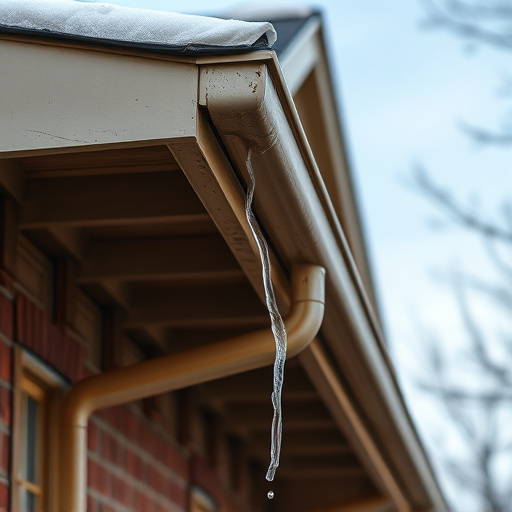
– Durability and maintenance
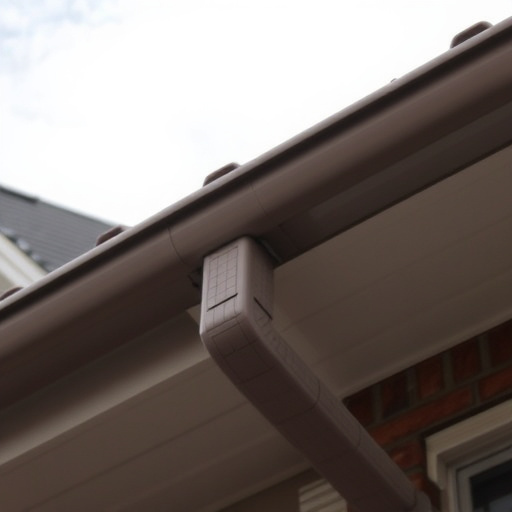
When comparing vinyl vs fiber cement siding systems, durability and maintenance are key factors to consider. Vinyl siding is known for its exceptional longevity, with proper care, it can last up to 50 years or more. This low-maintenance option requires minimal upkeep beyond occasional cleaning and occasional replacement of damaged panels. On the other hand, fiber cement siding offers superior wind resistance and fire protection, making it a highly durable choice for your home exterior. While both materials require relatively little maintenance, fiber cement does tend to need more frequent repairs or replacements due to its brittle nature over time.
In terms of overall upkeep, siding and gutters play a significant role in maintaining the structural integrity of your home’s exterior. Regular inspection is crucial to catch any issues early on, such as loose or damaged panels or clogged gutters that could lead to roof repair needs down the line. Homeowners should keep an eye out for signs of wear and tear and seek professional help for repairs or complete replacements when necessary, ensuring a well-maintained exterior that complements their home’s overall value and curb appeal.
When choosing between vinyl and fiber cement siding systems, each offers unique advantages. Vinyl excels in durability and low maintenance, making it an attractive option for those seeking long-term protection without excessive upkeep. Fiber cement siding, on the other hand, provides exceptional resistance to moisture, rot, and fire, ensuring a sturdy and reliable exterior for years to come. Ultimately, the best choice depends on individual needs and preferences, whether prioritizing ease of maintenance or robust durability in a variety of environmental conditions.

